Are Banana Peppers Spicy? Heat, Uses, and Benefits
Introduction
Banana peppers, with their vibrant yellow hue and mild flavor, are a popular choice in many kitchens around the world. Known for their versatility, these peppers can be found in salads, sandwiches, pizzas, and even pickled as a tangy snack. However, one common question that often arises is, “Are banana peppers spicy?” This article aims to explore the spiciness of banana peppers in detail, delve into their culinary uses, nutritional benefits, and provide insights into why they are a favorite among pepper enthusiasts.
Understanding the Heat of Banana Peppers
1. The Scoville Scale: Measuring the Heat
To understand the spiciness of banana peppers, it’s essential to first grasp the concept of the Scoville Scale. The Scoville Scale is a measurement of the pungency (spicy heat) of chili peppers and other spicy foods. It is expressed in Scoville Heat Units (SHU), a scale devised by American pharmacist Wilbur Scoville in 1912.
Banana peppers typically measure between 0 and 500 SHU on the Scoville Scale. This range categorizes them as mild peppers, significantly less spicy than jalapeños (2,500 to 8,000 SHU) or cayenne peppers (30,000 to 50,000 SHU). The low SHU of banana peppers means that they provide just a hint of warmth, making them accessible to individuals with low spice tolerance.
2. Comparing Banana Peppers to Other Peppers
When comparing banana peppers to other peppers, it’s evident that their heat level is minimal. For example:
- Bell Peppers: These rank at 0 SHU, meaning they have no spiciness at all.
- Pepperoncini: Often confused with banana peppers, pepperoncini have a similar SHU range (100 to 500), but can sometimes be slightly spicier.
- Poblano Peppers: These measure between 1,000 and 2,000 SHU, making them spicier than banana peppers but still relatively mild.
The mildness of banana peppers is one of the reasons they are so widely used in various culinary applications.
Culinary Uses of Banana Peppers
1. Fresh in Salads and Sandwiches
One of the most common ways to enjoy banana peppers is fresh. Their crisp texture and mild flavor add a delightful crunch to salads and sandwiches. Because they are not overwhelmingly spicy, they complement other ingredients without overpowering them.
For example, a Greek salad often features banana peppers alongside tomatoes, cucumbers, onions, and feta cheese. The peppers’ slight tang and subtle warmth enhance the overall flavor profile of the dish.
2. Pickled Banana Peppers
Pickling is another popular method of preparing banana peppers. Pickled banana peppers are a staple in many households, especially in Mediterranean and Middle Eastern cuisines. The pickling process involves soaking the peppers in a vinegar brine, which not only preserves them but also enhances their flavor.
Pickled banana peppers are commonly used as a topping for pizzas, subs, and burgers. They add a zesty kick that elevates the dish without adding too much heat. The pickling process can sometimes intensify the peppers’ heat slightly, but they remain mild overall.
3. Stuffed Banana Peppers
Another delicious way to enjoy banana peppers is by stuffing them. Stuffed banana peppers can be filled with a variety of ingredients, such as cheese, ground meat, or rice. The mild heat of the peppers makes them an excellent vessel for more flavorful fillings, creating a balanced dish.
In some recipes, the peppers are baked or grilled after being stuffed, which further enhances their sweetness and softens their texture. This preparation method is popular in Italian and American cuisines, where stuffed banana peppers are often served as an appetizer or side dish.
4. Banana Peppers in Salsas and Sauces
While banana peppers are not typically the star ingredient in salsas and sauces, they can be used to add a mild heat and a touch of sweetness. When combined with other ingredients like tomatoes, onions, and garlic, banana peppers contribute to a well-rounded flavor without overpowering the other elements.
For those who prefer a milder salsa or sauce, banana peppers are an ideal choice. They can be blended or chopped finely to distribute their flavor evenly throughout the dish.
Health Benefits of Banana Peppers
1. Low in Calories, High in Nutrients
Banana peppers are not only tasty but also nutritious. They are low in calories, making them a great addition to a healthy diet. A 100-gram serving of banana peppers contains only about 30 calories, making them a guilt-free snack or ingredient.
Despite their low calorie content, banana peppers are rich in essential nutrients. They are an excellent source of vitamins A and C, both of which are powerful antioxidants. These vitamins help protect the body against free radicals, support immune function, and promote healthy skin and vision.
2. Rich in Fiber
Dietary fiber is an essential component of a healthy diet, and banana peppers are a good source of it. Fiber aids in digestion, helps maintain a healthy weight, and can lower the risk of developing certain chronic diseases such as heart disease and type 2 diabetes.
Including banana peppers in your diet can help you meet your daily fiber needs, contributing to better digestive health and overall well-being.
3. Anti-Inflammatory Properties
Like many other peppers, banana peppers contain capsaicin, a compound known for its anti-inflammatory properties. Although banana peppers have a low capsaicin content due to their mild heat, they still offer some anti-inflammatory benefits.
Regular consumption of banana peppers may help reduce inflammation in the body, potentially lowering the risk of inflammatory conditions such as arthritis and certain types of cancer.
4. Promotes Heart Health
Banana peppers are heart-friendly due to their low sodium content and high levels of potassium. Potassium is an essential mineral that helps regulate blood pressure by counteracting the effects of sodium. A diet rich in potassium is associated with a lower risk of stroke and heart disease.
Additionally, the antioxidants found in banana peppers, such as vitamin C, play a role in protecting the cardiovascular system by reducing oxidative stress and inflammation.
Growing Your Own Banana Peppers
1. Choosing the Right Variety
Banana peppers are relatively easy to grow, making them a popular choice for home gardeners. When selecting a variety to plant, consider whether you prefer sweet or hot banana peppers. While most banana peppers are mild, there are some varieties that have a bit more heat.
Some popular varieties include:
- Sweet Banana Peppers: These are the most common and have a mild, sweet flavor with minimal heat.
- Hot Banana Peppers: These peppers have a similar flavor to sweet banana peppers but with a slightly higher heat level, usually between 100 and 900 SHU.
2. Planting and Care
Banana peppers thrive in warm, sunny conditions. They can be grown in garden beds or containers, making them versatile for different gardening spaces.
- Planting: Start seeds indoors about 8 weeks before the last expected frost date. Once the seedlings are strong enough and the outdoor temperature is consistently warm, transplant them to the garden or containers. Space the plants about 18 to 24 inches apart to allow for proper growth.
- Watering: Keep the soil consistently moist but not waterlogged. Banana peppers need about 1 to 1.5 inches of water per week, depending on the weather.
- Fertilizing: Use a balanced fertilizer to promote healthy growth. Fertilize the plants once every 4 to 6 weeks during the growing season.
3. Harvesting
Banana peppers are typically ready to harvest about 60 to 75 days after planting. They can be harvested when they reach their full size and have a bright yellow color. If left on the plant longer, they may turn orange or red, and their flavor will become sweeter and slightly more complex.
To harvest, use a pair of scissors or pruning shears to cut the peppers from the plant, leaving a small stem attached. Avoid pulling the peppers off by hand, as this can damage the plant.
Common Myths About Banana Peppers
1. Myth: All Banana Peppers Are Spicy
One common misconception is that all banana peppers are spicy. As discussed earlier, banana peppers are generally mild, with a Scoville rating of 0 to 500 SHU. While there are hot varieties, the majority of banana peppers have only a slight hint of heat, making them suitable for most palates.
2. Myth: Banana Peppers and Pepperoncini Are the Same
Another myth is that banana peppers and pepperoncini are the same. Although they are similar in appearance and flavor, they are distinct types of peppers. Pepperoncini peppers tend to be slightly spicier and have a more wrinkled skin compared to the smoother, milder banana peppers.
3. Myth: Banana Peppers Lose Their Heat When Cooked
Some believe that cooking banana peppers completely eliminates their heat. While cooking can mellow the flavor of banana peppers, especially when they are grilled or roasted, they still retain some of their mild warmth. The cooking process often enhances their sweetness, making them even more versatile in various dishes.
Conclusion
Banana peppers are a delightful addition to any culinary repertoire, offering a mild heat that makes them accessible to a wide range of people. Whether you’re enjoying them fresh, pickled, or stuffed, banana peppers bring a unique flavor and texture to many dishes. Their nutritional benefits, ease of growth, and versatility in the kitchen further enhance their appeal.
So, are banana peppers spicy? The answer is yes, but only just a little. Their mild heat, combined with their sweet and tangy flavor, makes them a perfect choice for those who prefer a gentle kick rather than a fiery explosion. Whether you’re a spice lover or someone with a low tolerance for heat, banana peppers are sure to find a place in your garden, kitchen, and diet.


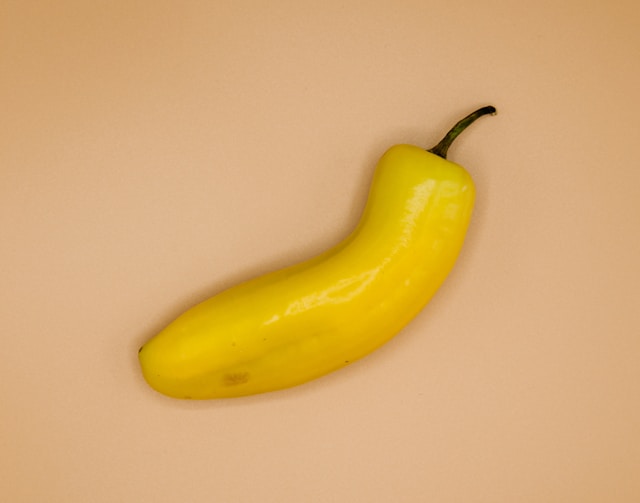

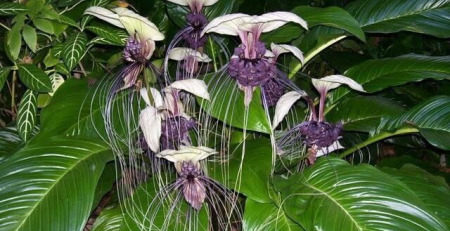
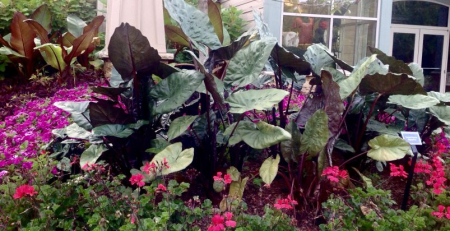
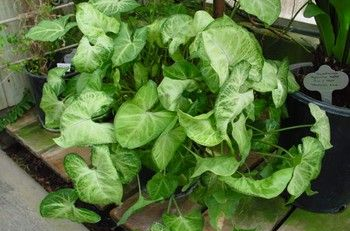

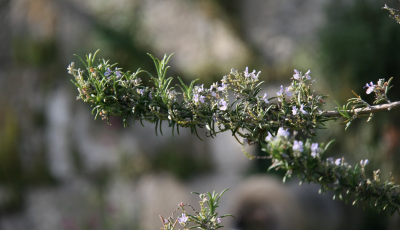

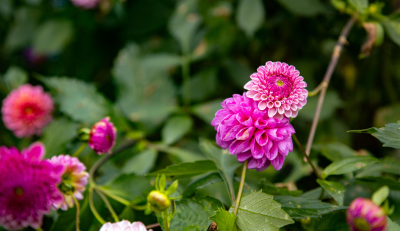
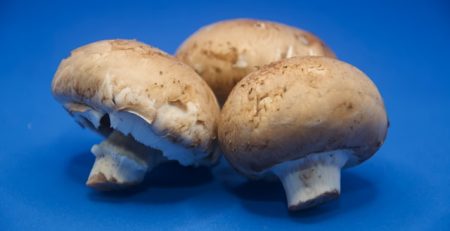
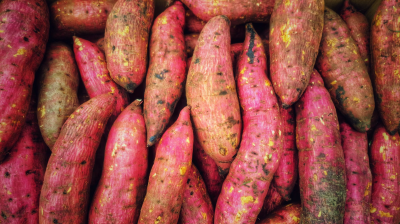
Leave a Reply